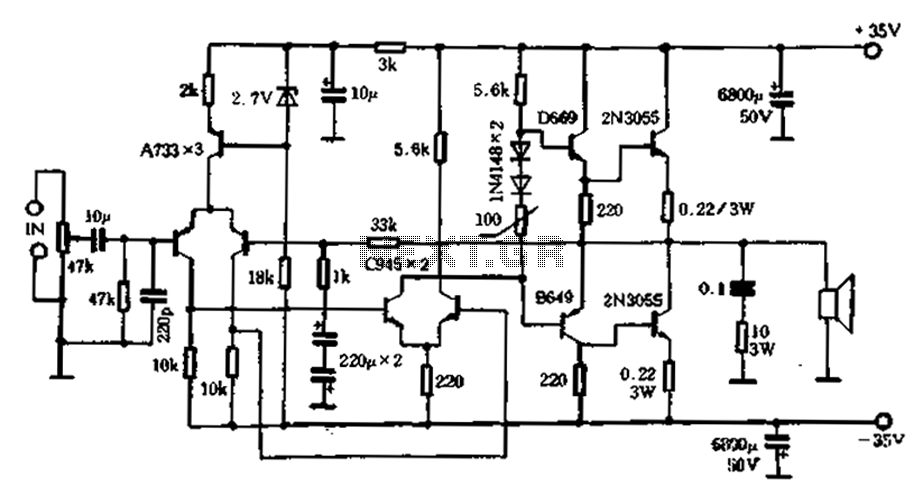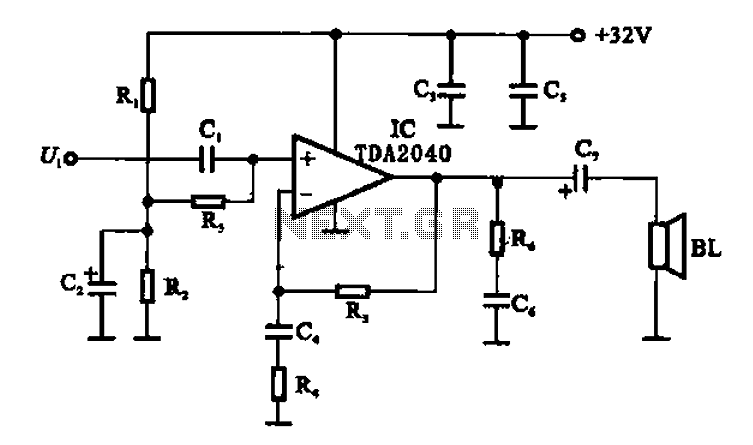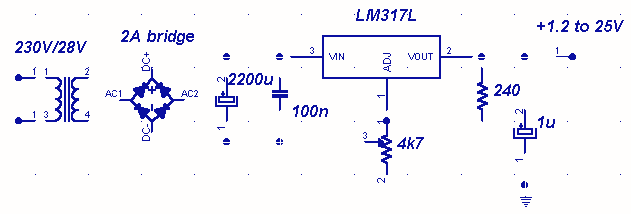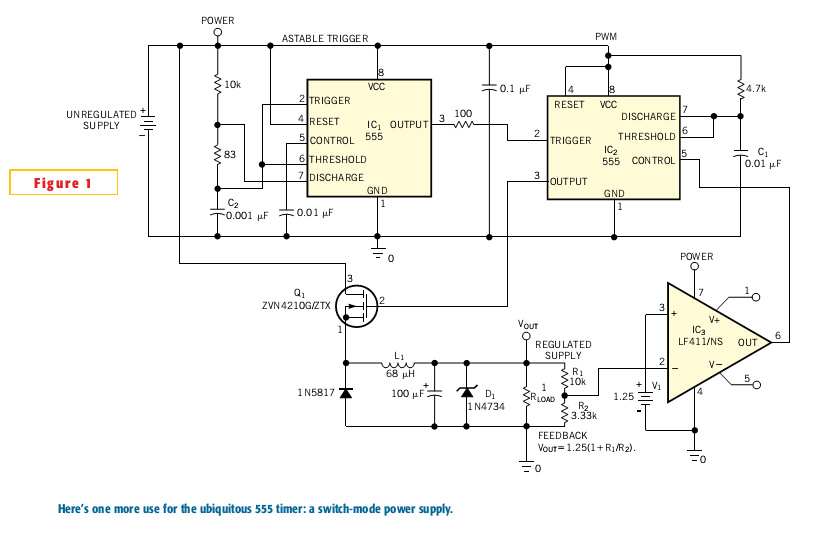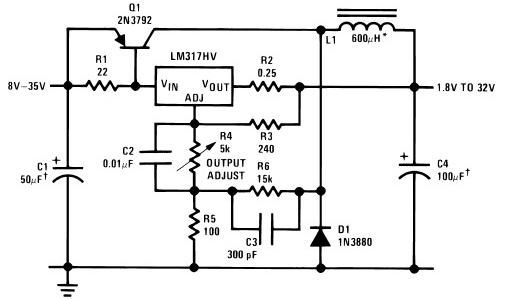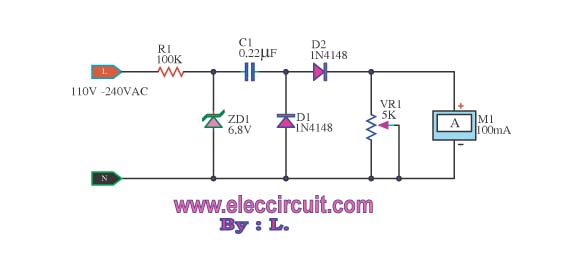
Sega Game Gear Power supply
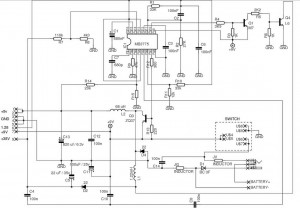
A power supply circuit for the Sega Game Gear, intended for inclusion in your circuit collection. A more detailed explanation can be found on the website.
The power supply circuit for the Sega Game Gear is designed to provide the necessary voltage and current levels required for optimal operation of the gaming device. The circuit typically consists of a regulated power supply that converts an input voltage from a battery or an AC adapter to the specific voltage required by the Game Gear, which is usually around 5V.
Key components of this power supply circuit may include a step-down (buck) converter or a linear voltage regulator, which ensures that the output voltage remains stable despite variations in input voltage or load conditions. Capacitors are often used for filtering to smooth out any voltage ripples and to provide transient response stability. Additionally, diodes may be incorporated to prevent reverse polarity connections, protecting the circuit from potential damage.
The circuit layout should be designed to minimize noise and interference, which is crucial for maintaining the performance of sensitive electronic components within the Game Gear. Proper grounding and trace routing techniques should be employed to ensure reliable operation.
For those interested in a more comprehensive understanding of the circuit design, including component values, schematic diagrams, and practical implementation tips, further information can be accessed on the specified website. This resource will provide insights into various configurations and potential modifications that can enhance the power supply circuit's performance and efficiency.A power supply circuit for sega game gear for the additional collection of your circuit. For a more complete explanation can be found on the website 🔗 External reference
The power supply circuit for the Sega Game Gear is designed to provide the necessary voltage and current levels required for optimal operation of the gaming device. The circuit typically consists of a regulated power supply that converts an input voltage from a battery or an AC adapter to the specific voltage required by the Game Gear, which is usually around 5V.
Key components of this power supply circuit may include a step-down (buck) converter or a linear voltage regulator, which ensures that the output voltage remains stable despite variations in input voltage or load conditions. Capacitors are often used for filtering to smooth out any voltage ripples and to provide transient response stability. Additionally, diodes may be incorporated to prevent reverse polarity connections, protecting the circuit from potential damage.
The circuit layout should be designed to minimize noise and interference, which is crucial for maintaining the performance of sensitive electronic components within the Game Gear. Proper grounding and trace routing techniques should be employed to ensure reliable operation.
For those interested in a more comprehensive understanding of the circuit design, including component values, schematic diagrams, and practical implementation tips, further information can be accessed on the specified website. This resource will provide insights into various configurations and potential modifications that can enhance the power supply circuit's performance and efficiency.A power supply circuit for sega game gear for the additional collection of your circuit. For a more complete explanation can be found on the website 🔗 External reference
